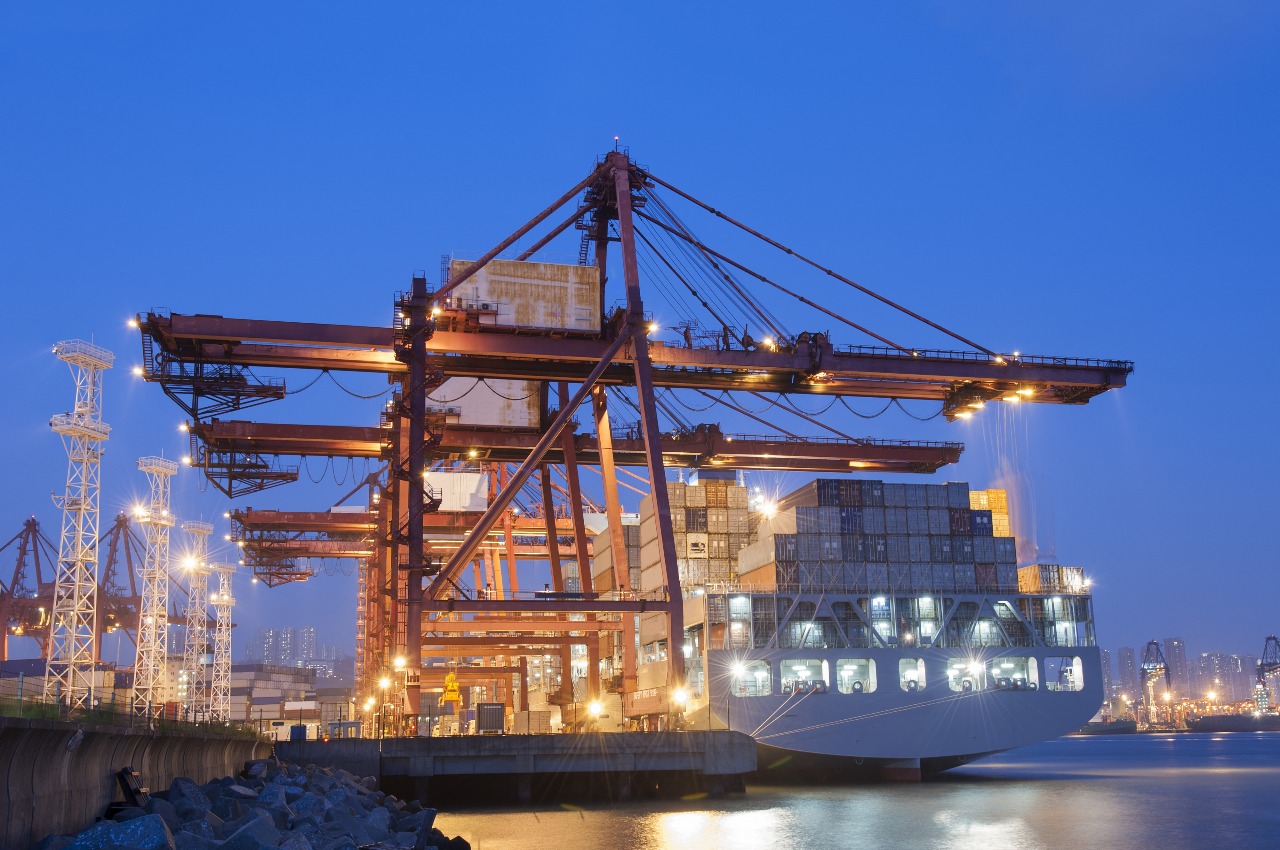Unwieldy cargo calls for experienced partners with the infrastructure to get the job done.
Transporting project cargo safely and efficiently requires expertise, resources, and special care. Whether you’re moving industrial-grade generators, reactor components, or offshore oil rig machinery, you’ll need an individualized plan for each piece of equipment from pickup to drop-off. Here are six best practices that will help ensure your project cargo makes it from point A to point B intact and on-budget.
1) Research Cross-Border Taxes and Duties
Regulations for shipping project cargo will change from one country to the next. Be prepared for customs requirements when crossing international boundaries by researching what laws apply to your shipment and where best to assemble component parts. Some countries will be accommodating for certain heavy-lift cargo, while others won’t.
2) Engage With Local Communities
Transporting a satellite through the heart of a small town can attract a lot of attention. Once the novelty wears off, though, local residents may become frustrated if it seems that shipping large cargo will inconvenience their community. Stay ahead of potential problems by maintaining open lines of communication with local officials and residents to ensure they remain informed and feel heard.
3) Determine How Transportation Will Affect Production
When constructing industrial-grade machinery, consider how transportation should affect design and sourcing. Depending on how you and your business partners plan to route the cargo, it may be best to prepare it as one unit, or, alternatively, to separate it into component parts for assembly on site.
4) Modal Planning
Project cargo can be shipped via ocean, air, road, or rail. Before determining routes, consult with experienced specialists to determine what restrictions each region may place on shipping. For example, transporting through different countries with different height and weight restrictions may require cargo to be optimized or transported via different modes in order to remain compliant. It’s important to plan this ahead of time, as it may affect where you and cargo buyers decide to assemble components.
5) Stay Flexible
With so many moving parts and uncontrollable variables at play, delays and other issues are bound to arise at one point or another during the shipping process. Whether it’s complications in sourcing, assembly, or transportation, you and your shipping partners should be ready to adjust routes and timetables accordingly. Draw up contingency plans ahead of time to prepare for different scenarios, that way you’re not left scrambling if anything goes wrong.
6) Consider Alternate Modes of Transport
As technology advances to keep pace with complicated shipping needs, new transportation options are opening up. If traditional routing is becoming a headache, get creative. The Aeroscraft, for example, offers Vertical Takeoff and Landing (VTOL) capabilities as the world’s first project cargo airship. In regions that can’t be served by traditional aircraft, the Aeroscraft may help extend your operably range.
Primary Freight has been a trusted name in shipping and logistics for more than twenty years. Our dedicated team has extensive experience in planning, coordinating, and managing project cargo shipments. We’ve got the necessary resources and partnerships to help ensure that your freight arrives at its destination safely and cost-effectively — no matter how big or complex the project may be.
If you’d like to learn more about Primary Freight’s project cargo capabilities, give us a call today at (800) 635-0013.
